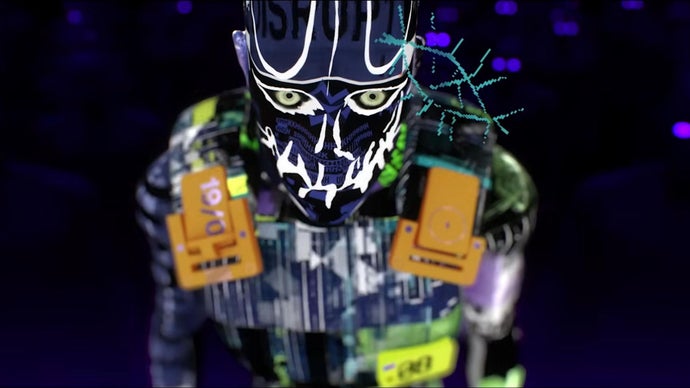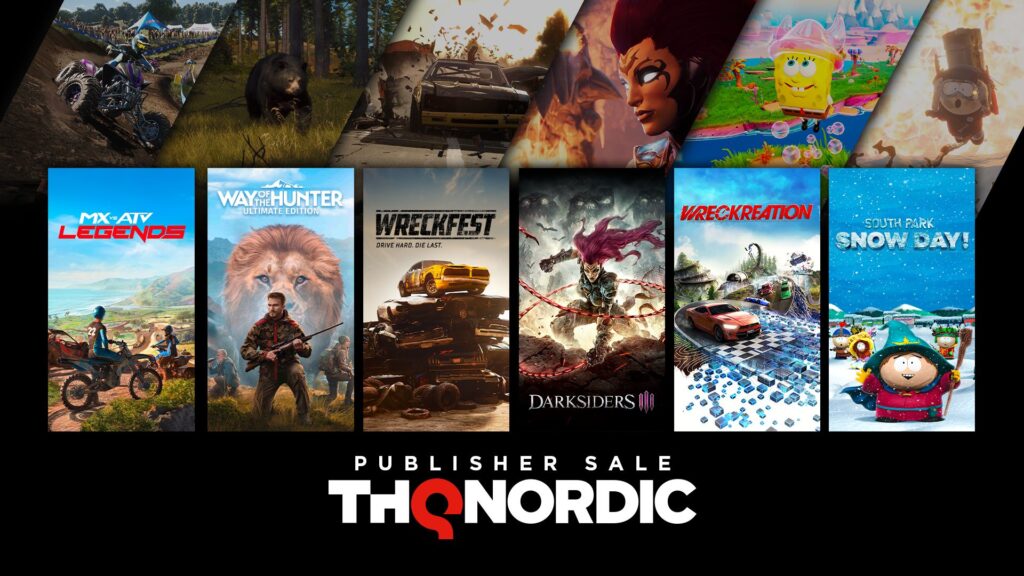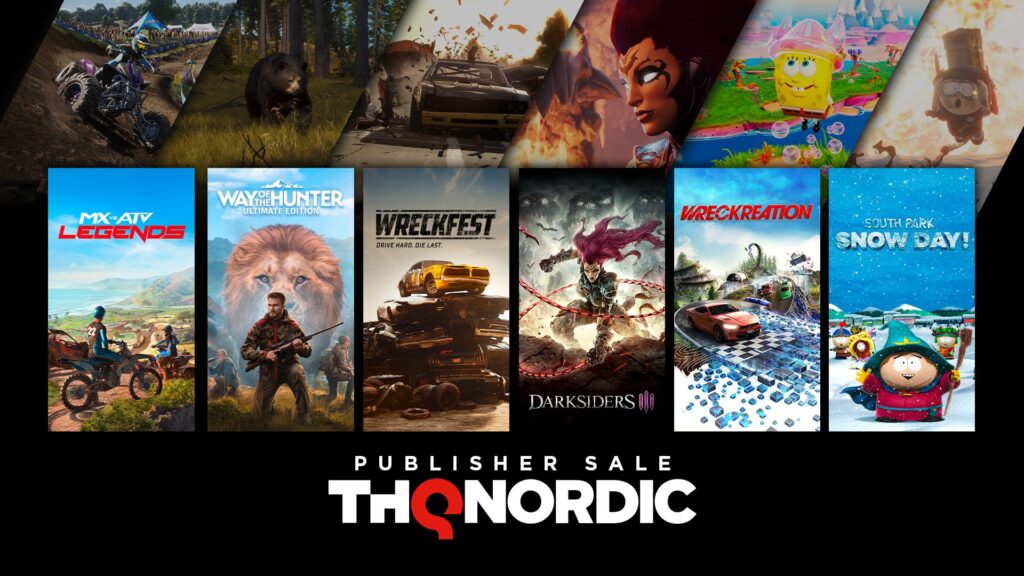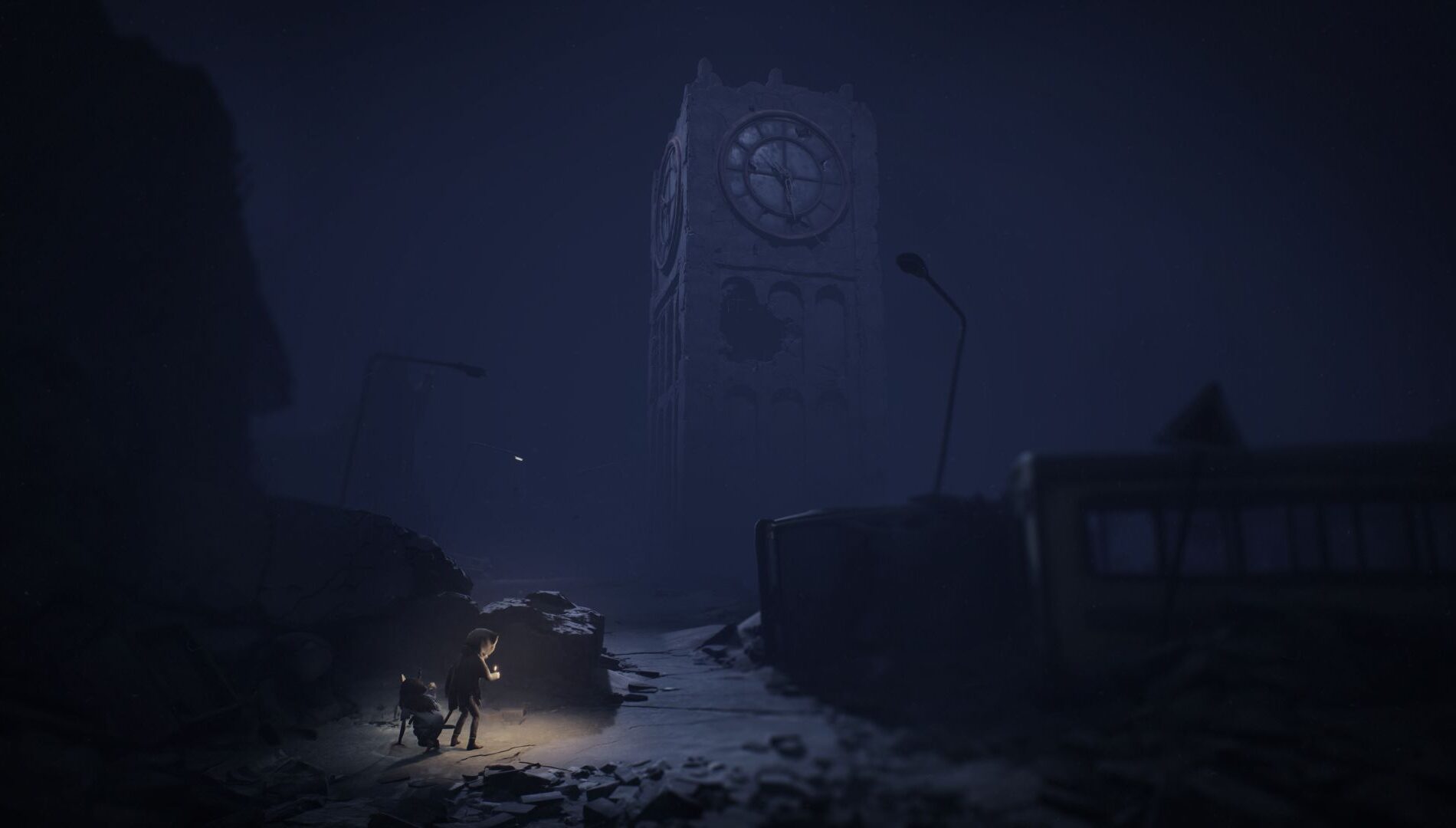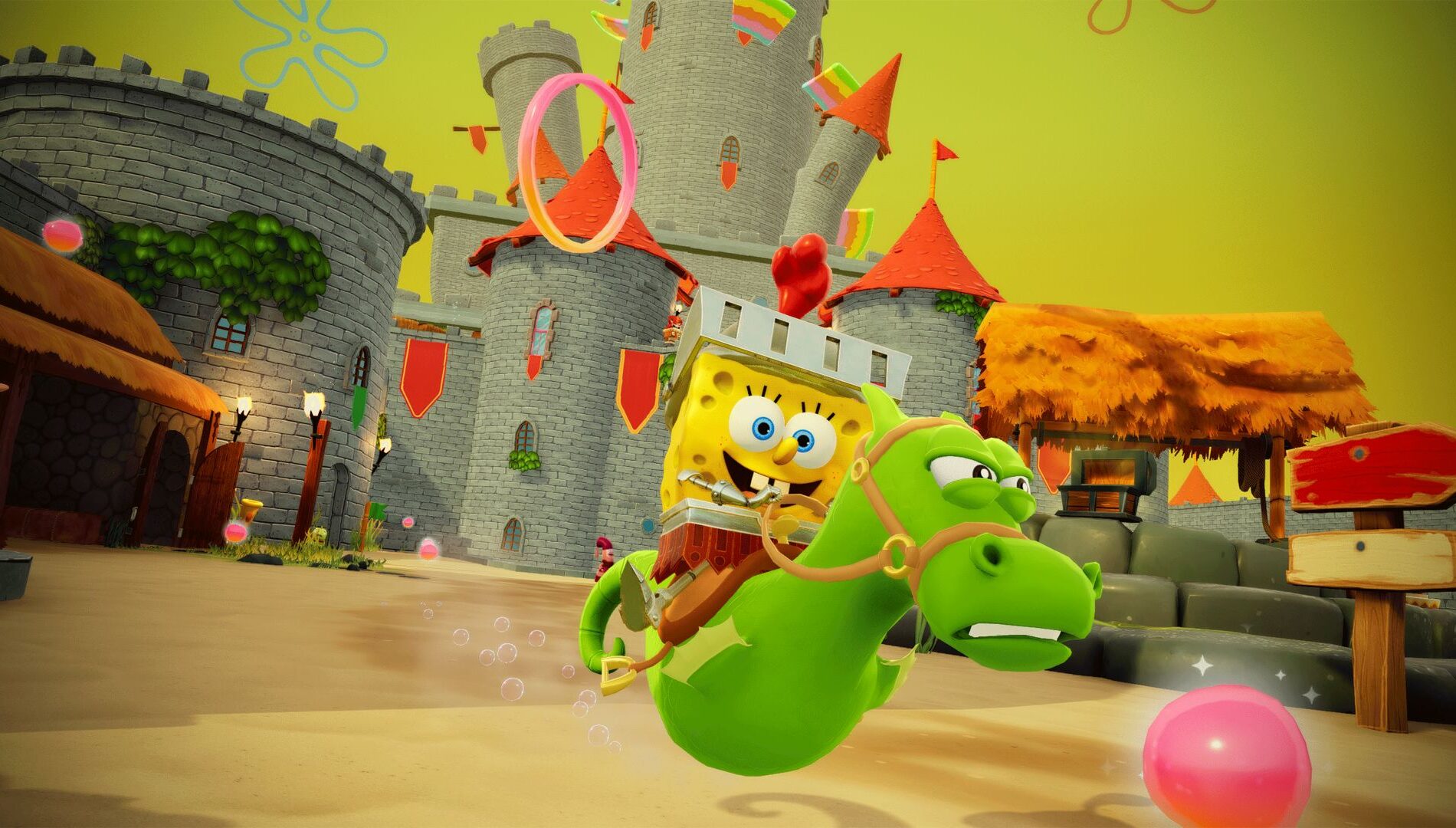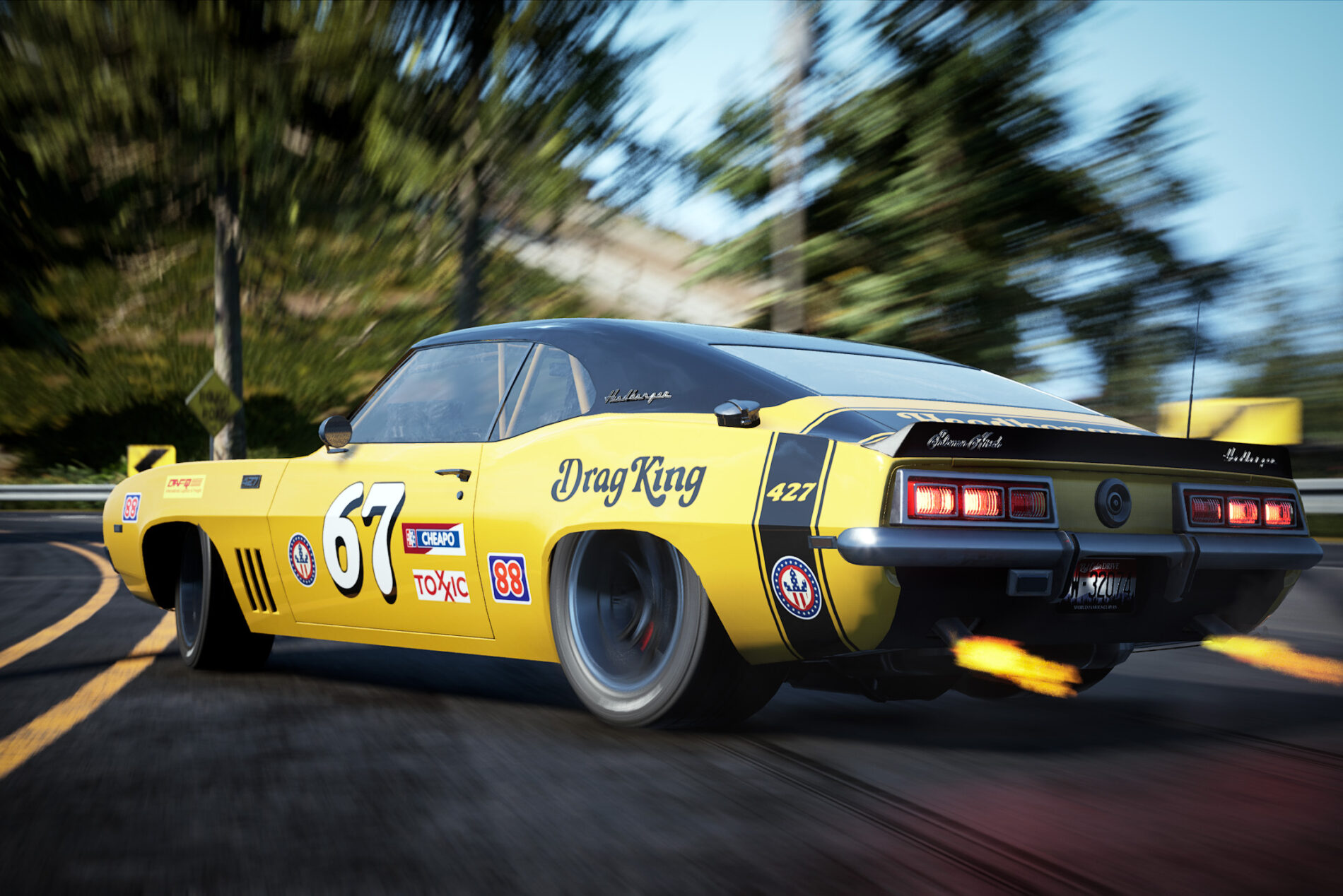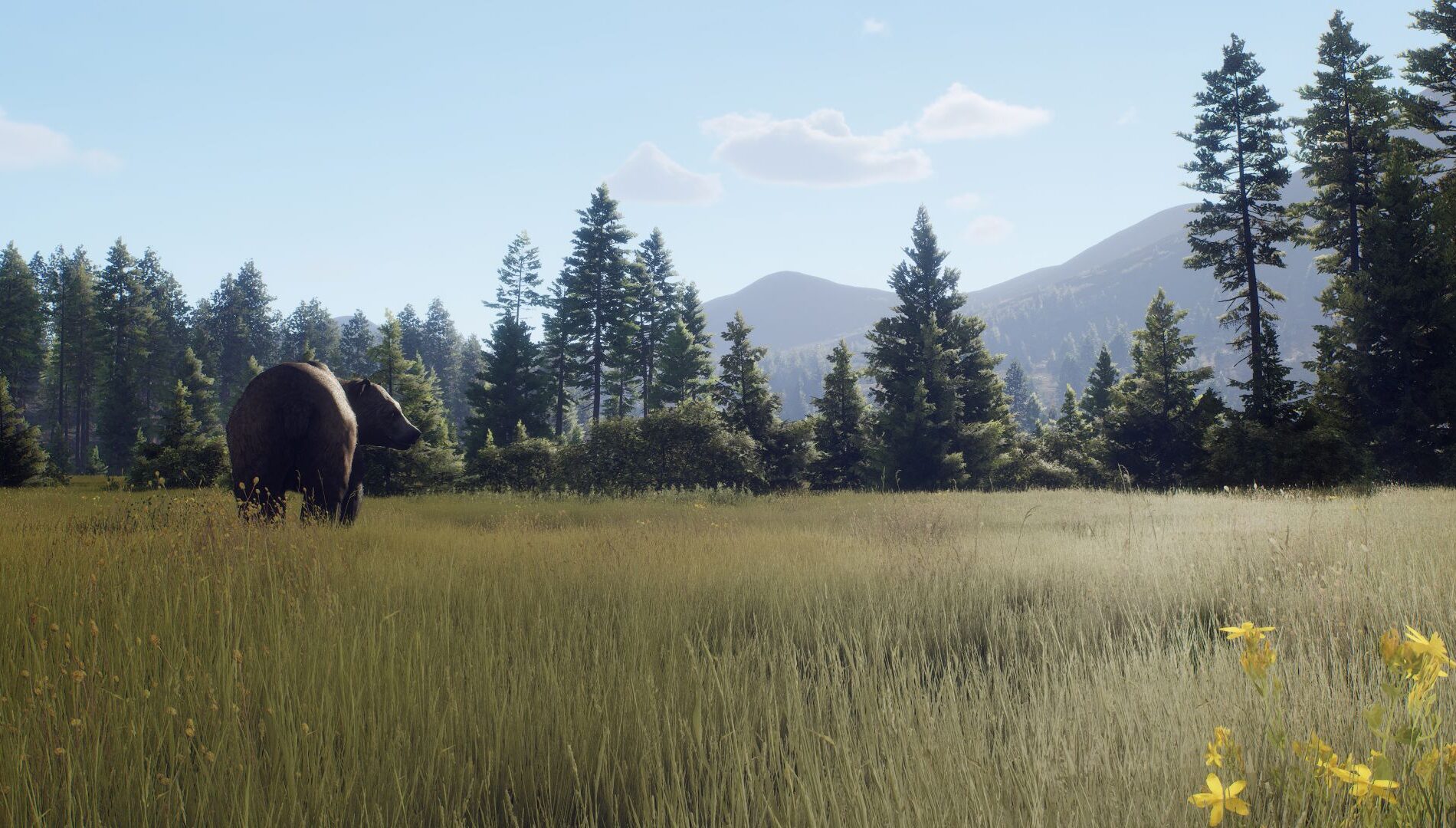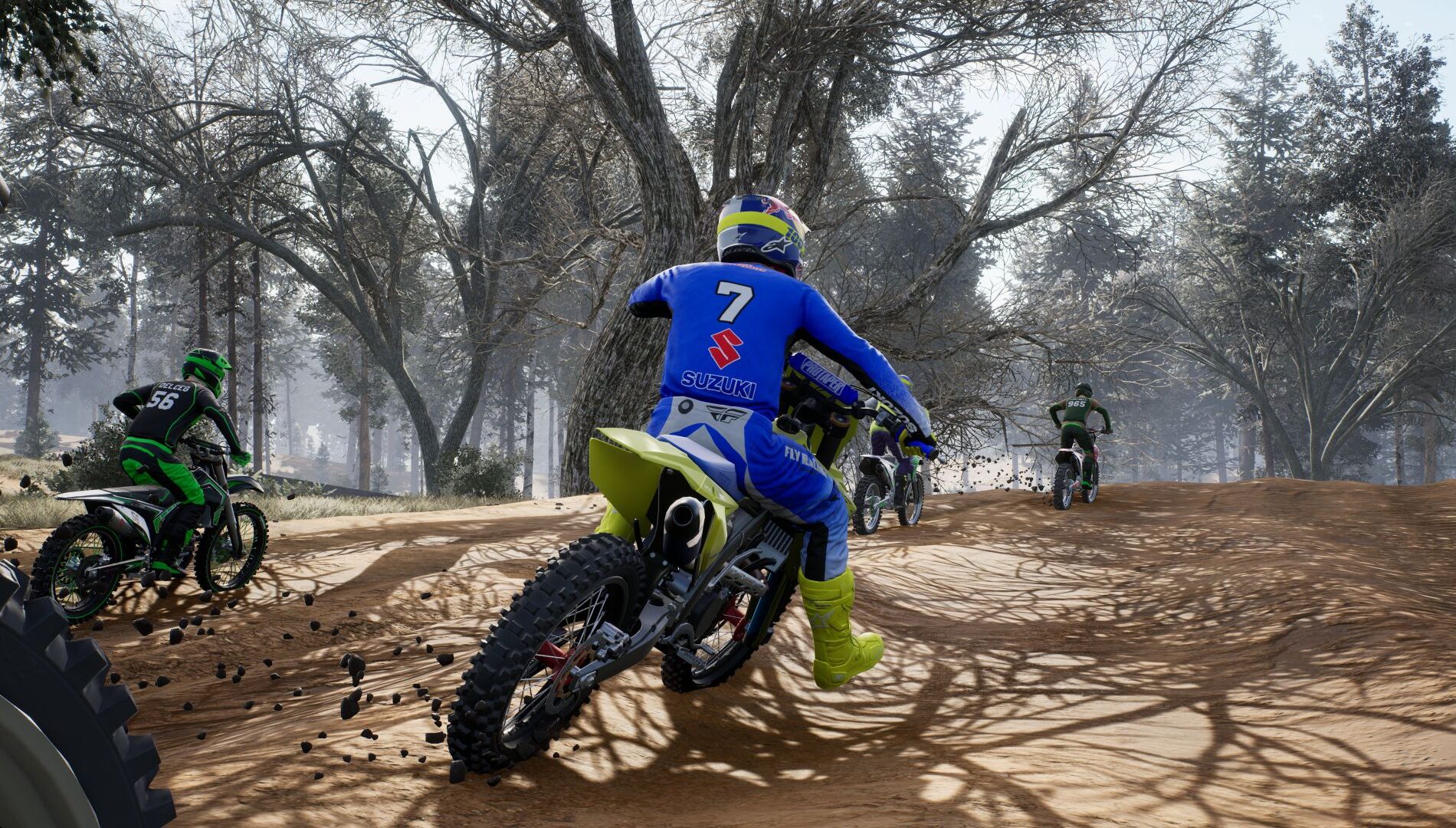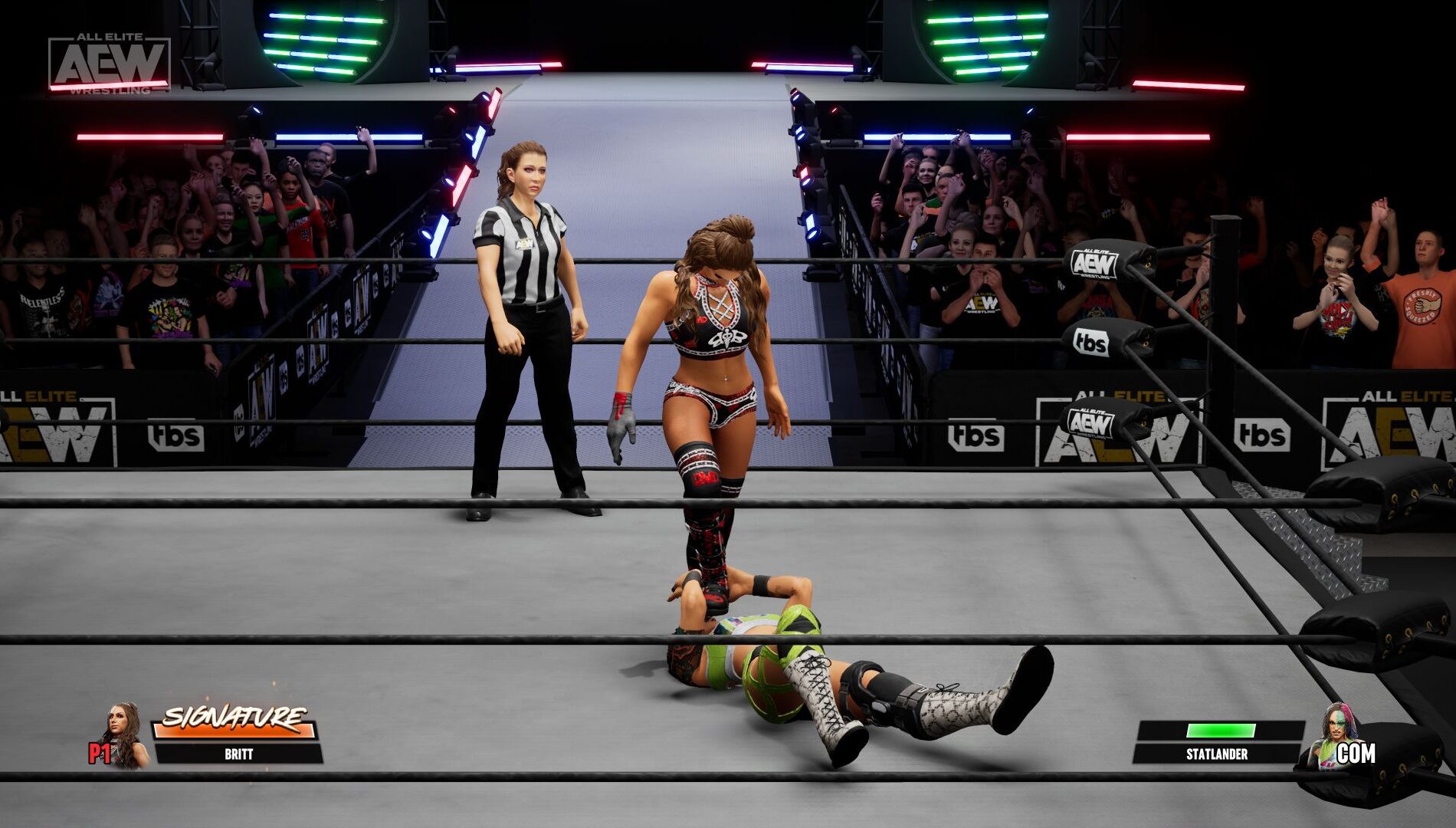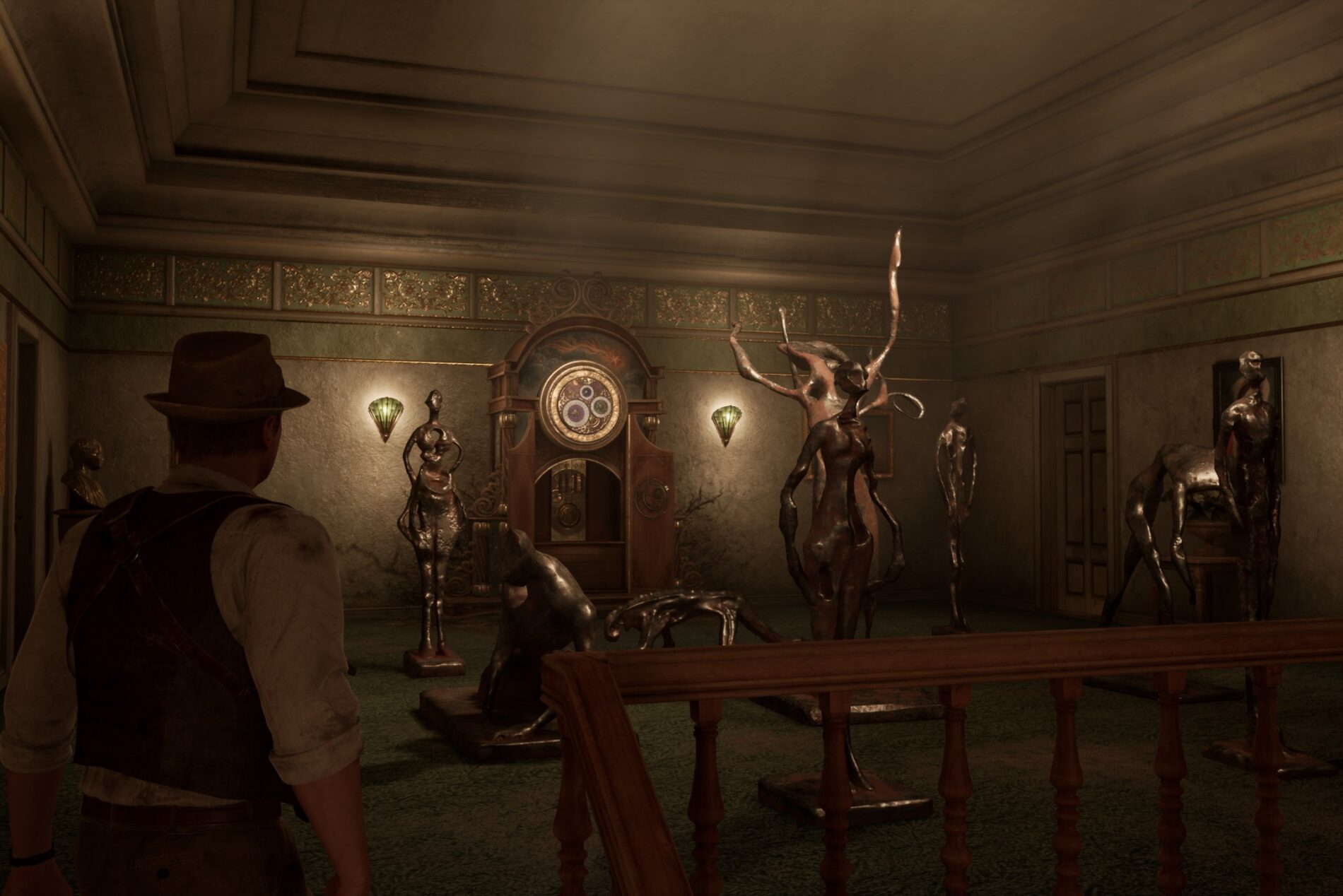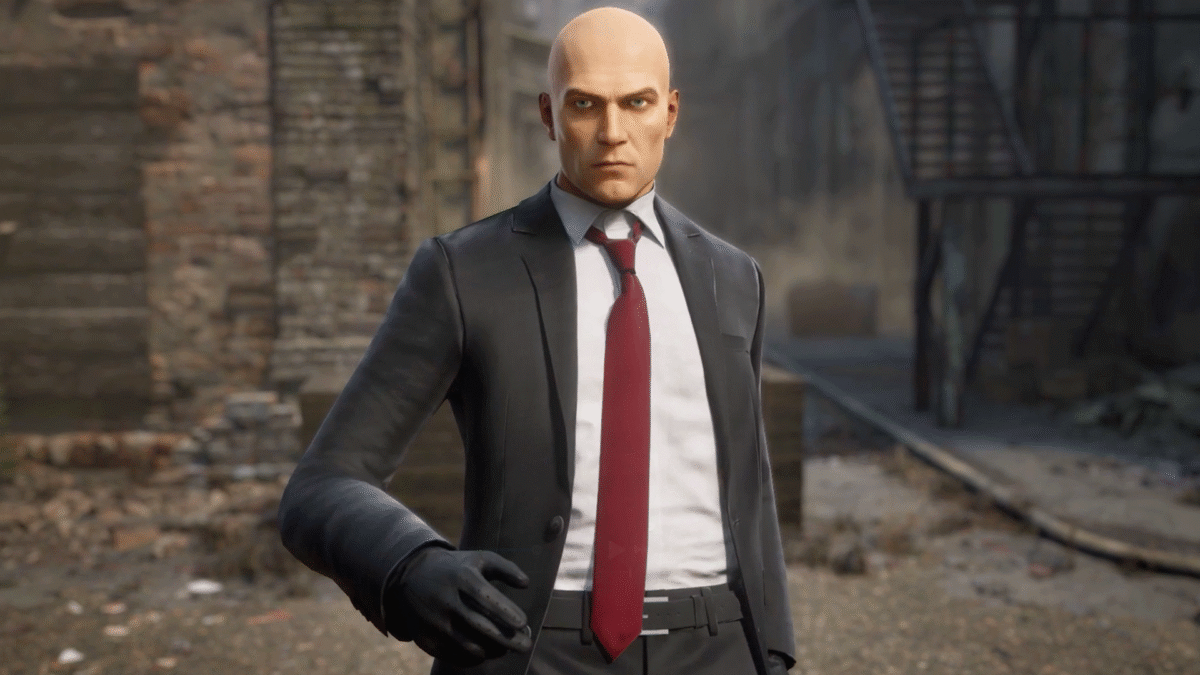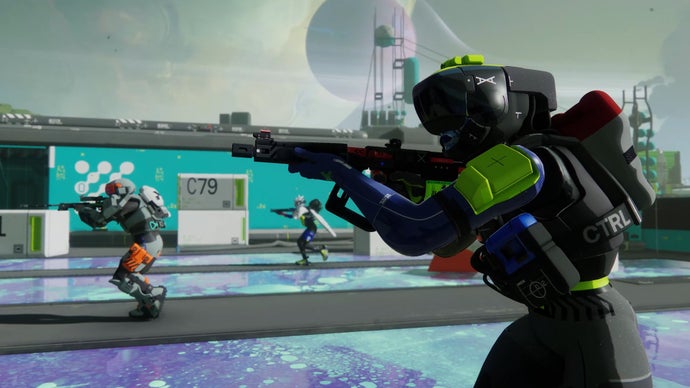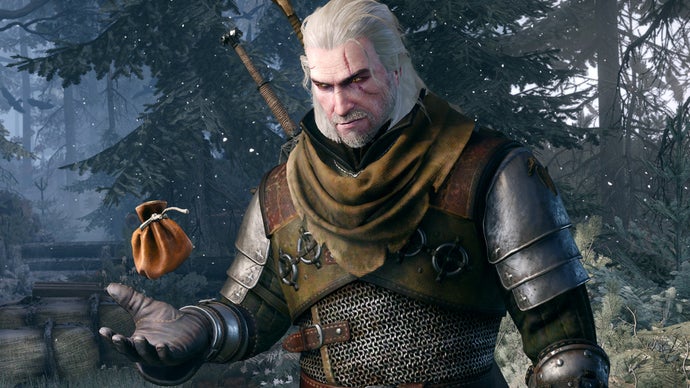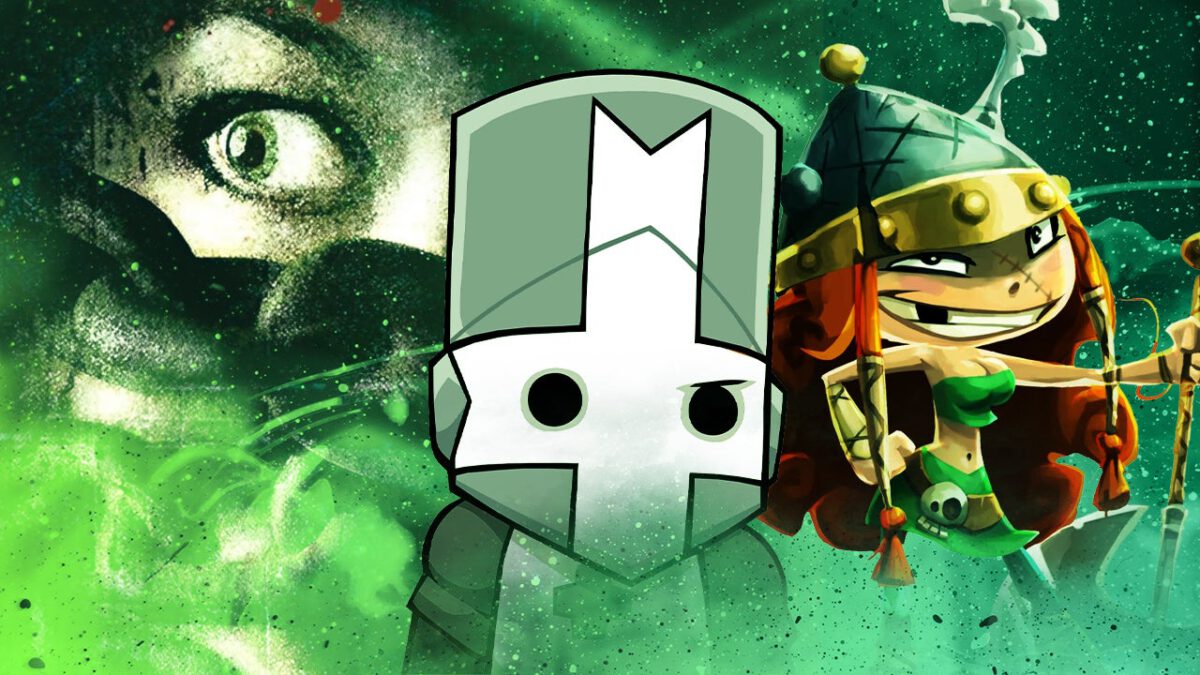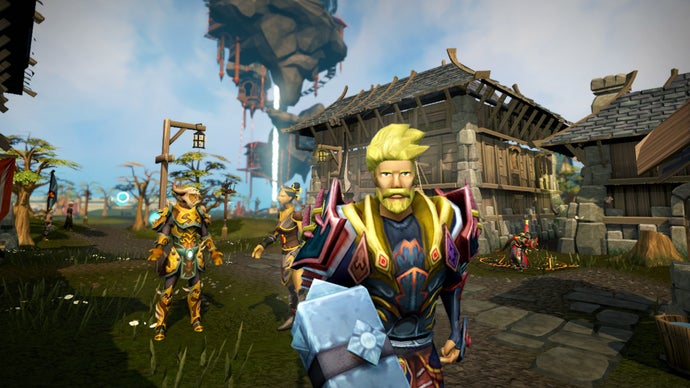
If 2025 felt busy, 2026 is already shaping up to be a big year for the Pokémon TCG with the expansions it’s got coming up.
The Pokémon Trading Card Game is charging into its 30th anniversary year with the rest of the Pocket Monsters franchise, with a renewed focus on Mega Evolution, anniversary celebrations, and tightly curated sets designed to keep both collectors and competitive players fully locked in.
While the full year’s roadmap hasn’t been revealed yet, three major products are already confirmed, and they give us a very clear idea of what kind of year we’re in for.
Here’s everything we know so far about the confirmed Pokémon TCG releases for 2026, including when they launch, what makes them special, and where you can actually buy them right now.
Mega Evolution: Ascended Heroes – Releasing Jan. 30, 2026
The 2026 TCG year officially kicks off with Ascended Heroes, the first English Mega Evolution expansion of the new era since the base set launched in September last year.
Ascended Heroes leans heavily into classic Mega Pokémon, new Tera cards, Team Rocket Pokémon, and even a Stadium card, with 290 cards coming to the set altogether.
Preorders have initially opened up, but availability has varied widely depending on the retailer — with Target already sold out and Best Buy’s range listed as “Coming Soon”, both listing products at MSRP. The only options currently available are those not sold out due to being listed at prices higher than market value.
Magic Madhouse has announced it will be stocking Ascended Heroes, but it looks like it won’t be available there until launch. The big ticket item of any Pokémon TCG expansion, Ascended Heroes’ standard ETB (with nine booster packs, a promo card, and much more) is currently available at TCGplayer and Walmart: with TCGplayer’s being the best option at $119, with Walmart’s being distant backup at $178.
The next-most desirable product of an expansion, the six-pack booster bundle for Ascended Heroes is still way above MSRP, but is currently most affordable at Walmart for around $79, followed by TCGplayer at just over $82.
Both the Charmander and Ghastly Tech Sticker Collections (three booster packs, promo card, and stickers) are currently listed for the best prices at Amazon at just under $50 each — with TCGlayer offering much larger price points for now.
Meanwhile, the Heroes Collections around Erika and Larry, each with boosters and promo cards can be found cheapest at Walmart, and $10 more expensive, if you want the Larry version as a guarantee.
Ascended Heroes will also have a variety of mini-tins featuring many key Pokémon — Clefairy & Chikorita, Zorua & Cramorant, Riolu & Darumaka, etc — but these can currently cost upwards of $190 at TCGplayer. If you don’t mind getting a random tin, though, these are thankfully available for $29.99 at Walmart.
Finally, each Premium Poster Collection (one for Mega Lucario and another for Mega Gardevoir) can currently be found best at TCGplayer for just over $85 each — with Walmart’s sitting at $120.
Pokémon TCG: Pokémon Day 2026 Collection – Releasing Jan. 30, 2026
Pokémon’s 30th anniversary is on February 27, but you’ll be able to celebrate early when the commemorative Pokémon Day 2026 Collection also drops on January 30 with Ascended Heroes.
Announced back in December 2025, this is a very small release with one confirmed card: a unique stamped foil promo card of Pikachu looking cute as standard, along with a logo’d metallic coin, and a trio of TCG booster packs from different sets. Available imagery seems to show the packs being a mixture of one Phantasmal Flames and two Mega Evolution, but we like to warn that the contents may always differ from unit to unit.
The Pokémon Day 2026 Collection is currently marked as “Coming Soon” at Best Buy, but it can be bought now at Amazon for $49.99, or from around $64 on TCGplayer if that sells out.
Mega Evolution: Perfect Order – Releasing March 2026
If Ascended Heroes is going to be setting the foundation of what the Mega Evolution set’s expansions are going to look like, Perfect Order’s going to kick things up a notch. Just announced this month and arriving in March, Perfect Order is going to be honing in on many of the Pokémon featured in the Legends: Z-A game.
Among the cards announced from the 120-card set so far, we know we’re going to be seeing many of the game’s starring Mega Pokémon; Mega Zygarde ex, Mega Starmie ex, and Mega Clefable ex; but also some surprising extra additions like Meowth ex.
At the time of writing, there are no pre-orders of Perfect Order products to buy, but we’ll be updating this article as soon as they are.
Pokémon TCG: 2025 Release Calendar – A Look Back
Despite the Pokemon TCG’s ongoing supply issues driving prices up, 2025 was one of the most packed years for the trading card game, both in expansions releases and just how expensive some products and chase cards have been worth.
Still, even for casual collectors, the hundreds of new cards released have had plenty that are still worth grabbing in 2026, if you can find a price you’re happy with. Most notably, 2025 included the launch of the new Mega Evolution series, with the aptly named Mega Evolution set, and the final release of the year, Phantasmal Flames.
- Prismatic Evolutions: Jan. 17, 2025
- Journey Together: Mar. 28, 2025
- Destined Rivals: May 30, 2025
- Black Bolt / White Flare: Jul. 18, 2025
- Mega Evolution: Sep. 26, 2025
- Phantasmal Flames: Nov. 14, 2025
Mega Evolution: Phantasmal Flames – Nov. 14, 2025
The second expansion in Pokémon TCG‘s Mega Evolution set was gearing up for quite some time. Phantasmal Flames landed on 14 November 2025, and collectors were quickly scrambling to secure their favourite sealed products before the inevitable shortages kicked in. With headliners like Mega Charizard X ex taking centre stage, demand ran hot across every major retailer.
Featuring six booster bundles, there’s still every chance that you’ll pull a Mega Charizard X ex double rare, alt rare, or even Secret Art Rare or Gold Rare. I’ve pulled three normal ‘Zard ex’s so far, so no need to worry about deck building with Phantasmal Flames.
They also had the Phantasmal Flames Elite Trainer Box live, which is actually available for $74.99 right now, though it’s been going in and out of stock as the months have gone by. With that, I’d suggest keeping an eye on that too.
What made this set even more exciting is its size, with about 90 cards before secret rares, which makes it the smallest English set in nearly a decade. For collectors like me, that usually means a much more manageable chase, while still packing in plenty of heavy hitters for players.
The product lineup altogether for Phantasmal Flames was pretty stacked, too. We got the usual booster packs and booster box (36 packs), a 9-pack Elite Trainer Box featuring a shiny new Charcadet promo, and an Ultra-Premium Collection built around Mega Charizard X ex.
On top of that, two theme decks for Mega Gengar ex and Mega Diancie ex arrived a few weeks early on October 24, which was a fun way to get a taste of the set before launch. If you’re like me and love cracking packs, the booster box was the way to go, but the UPC already looked like the big collector piece this time around.
What tied it all together was the Japanese set Inferno X, which hit shelves there in late September. That set had only 80 cards, and once you added in the Mega Gengar and Mega Diancie decks, you basically got the full Phantasmal Flames lineup.
We’d already seen some killer reveals, including the Mega Charizard X ex secret rare previewed at Worlds, so I fully expected that to be the chase card when this launches. Between the smaller set size, Charizard hype, and some solid gameplay cards, I’m not surprised this one flew off the shelves and I’m definitely glad I locked in my preorder.
Mega Evolution – Released Sept. 26, 2025
Just when you thought the Pokémon TCG had enough going on with Destined Rivals and Black Bolt and White Flare, in came a brand new series altogether with the Mega Evolution sets.
Announced at Japan’s Championship tournament, the two new sets featuring Mega Lucario ex and Mega Gardevoir ex marked the popular trading card game stepping away from its Scarlet and Violet era.
Mega Evolution released on August 1, 2025, in Japan, and September 26 in English markets (with more preorders also supposedly taking place on September 13).
Finding sealed products like these at a fair price became a challenge very quickly. Some stores were holding MSRP, others were and still are inflating prices, and secondary marketplaces have had their own dynamics to keep in mind, too.
But the gist is: collectors who must have the ETB, Best Buy and Walmart were worth constant refreshing. If reliability matters more, TCGplayer has been the most straightforward (though slighty more costly) option.
While we can expect products from this set to be hopefully keep joining Pokémon TCG deals further down the line, huge initial demand will definitely see certain cards become price juggernauts among upcoming crashers and climbers.
2025 was shaped up to be a huge year at that point, sobut here’s everything else from the rest of the Pokémon TCG big releases last year. As always, IGN will keep tracking the buy links, both here and on socials at @IGNDeals.
Pokémon TCG 2025 Holiday Calendar – Released Aug. 22, 2025
The Pokémon Company started releasing annual holiday calendars back in 2022, inspired by the Pokémon Countdown Calendar from 2008.
These products are surprisingly good value in the current TCG market, as well as for casual fans of the series in other forms. You can see the listing here at Amazon or scroll on for more details.
The 2025 Pokémon Holiday Calendar released on August 22 and initially retailed for $49.99 at Target before quicklly selling out. It’s now available at Walmart for a pricier $64.99 or at Amazon for $69.
Black Bolt and White Flare – Released Jul. 18, 2025
Scarlet & Violet: Black Bolt and White Flare have been available since the summer, and can still be around at market price with enough luck at the right time, and if you know where to look. We previously previewed the new sets that brought 156 Unova Illustration cards to Pokémon TCG, and it’s altogether pretty good!
If you haven’t secured any boosters for Black Bolt and White Flare sealed products, you can still try your luck at local brick and mortar or online, or even online retailers like Amazon right now.
Alternatively, TCGplayer pricing for sealed product has occassionally been crashing, so I reckon we’ve well been seeing the usual price crash post-launch — as it what happens with some expansions.
What do I think of the set? I think it’s great and possibly the best opportunity to pull Illustration Rares in the Scarlet and Violet era, it’s ending on a high note.
Personally I’m not a fan of stuffing the set with Pokéball and Masterball rares, but in terms of quality and presentation, they look cool. It would be grand to see Mega Evolution additionally double down on the dual format and loads of Illustration Rares going forward, but this is an encouraging sneek peek into what’s next for Pokémon TCG.
Black Bolt and White Flare focus on the 156 Pokémon originally discovered in the Unova region. Each Unova Pokémon appear as either an illustration rare or a special illustration rare card, with different versions available in Black Bolt and White Flare products.
- July 18, 2025: Scarlet & Violet Black Bolt/White Flare ETBs (9 boosters, promo, accessories); Binder Collection (5 boosters, Zekrom/Reshiram album); Unova Poster Collection (6 boosters, Snivy/Tepig/Oshawott promos, poster); Unova Mini Tin (2 boosters, art/sticker card).
- August 1, 2025: Tech Sticker Collection (3 boosters, Reuniclus/Gothitelle promo, stickers); Unova Victini Illustration Collection (4 boosters, foil/parallel/oversized Victini).
- August 22, 2025: Booster Bundle (6 Black Bolt/White Flare boosters).
Destined Rivals – Released May. 30, 2025
Things really kicked off on May 30 with Destined Rivals. This set brought back Trainer’s Pokémon, reintroduces Team Rocket for another round of villainous fun, and includes some of the best card art we’ve seen in ages.
Destined Rivals top chase card prices are also finally stabilizing, making it a great time to snap some up. Team Rocket’s Mewtwo ex SIR has been going for anything over $450 since release, but is starting to settle on a more respectable $310.
A while back, the Destined Rivals singles market was bouncing all over the place. Some cards were doubling in price overnight and it was tough to tell what was hype and what would hold. Now, prices feel a lot more stable by comparison.
Some have dipped. Some Destined Rivals bangers are just cruising right at market. It feels like we’re finally seeing what these cards are actually worth.
Above are the ten of the most expensive cards you can find in the set right now. A couple of them are legit strong in decks. A few are pure collector bait. Team Rocket’s Mewtwo ex was the hottest card in the set for a while and it’s still holding close to market. The artwork is what does it for me, personally.
Mewtwo looks like it’s about to explode, floating in this dim lab setting with everything glowing around it. The ability makes it tough to use unless you’re running a full Rocket build, but once it’s active, Erasure Ball gives you some serious power. Definitely still a top-tier pull even with the market calming down.
Journey Together – Released Mar. 28 2025
It’s about time we got a set like this. Bringing back nostalgic Trainer’s Pokémon cards from the Gym Heroes era. N’s Zoroark ex and Lillie’s Clefairy ex end the chaos of endless secret arts for a more curated, collectible experience.
With just 16 Pokémon ex, 11 illustration rares, and three hyper rare gold cards, it’s been easier to track what’s worth pulling without feeling like you need a PhD in pack odds.
Fancy snagging the Enhanced Booster Display Box with its bonus N’s Reshiram illustration rare or pull Iono’s Bellibolt ex? This set screams nostalgia with a new coat of paint.
Rare Cards and Collector’s Highlights
If you’re into collecting, this set hits the sweet spot. It’s got 16 Pokémon ex, six unique illustrations rares, and just three hyper rare gold cards, which means you won’t have to mortgage your house chasing every rarity. As for the artwork. illustrating rares like N’s Zoroark ex will look incredible in your binder.
Pokémon Center’s Enhanced Booster Display Box is the one to grab for preorder exclusives. It comes with a bonus N’s Reshiram illustration rare card — a little extra flex for your collection.
Prismatic Evolutions – Released Jan. 17 2025
Prismatic Evolutions, kicked off 2025, and it’s all about Eevee and its many evolutions. This set is doing things differently, which is probably why stock sells out as soon as it comes in.
This is another 151 situation, but there were plenty of stock refeshes coming throughout 2025, with hopefully more coming eventually in 2026. You won’t find these cards in the usual booster packs.
Instead, they’ve be released in boxed sets throughout last year, each packed full of exclusive cards celebrating Eevee and friends. With over 175 cards, including unique designs and new game mechanics, Prismatic Evolutions is shaping to be a hit with collectors and competitive players alike.
Rare Cards and Collector’s Highlights
For collectors, Prismatic Evolutions isn’t short on treasures. Each Eevee evolution has its special illustration and hyper-rare gold Pokémon ex card, making them must-haves for anyone building a showcase-worthy collection.
The set includes 32 illustration rares featuring detailed artwork for Pokémon ex and Supporter cards, so plenty of eye candy is here. With so many unique finishes and designs, it’s bound to make a few waves among fans.
Between the fresh artwork, inventive mechanics, and the undeniable charm of Eevee and friends, Prismatic Evolutions is set to be one of 2025’s standout sets. Collectors and players alike will still find something to love here, from stunning illustration rares to powerful new game cards that can make a real difference in play.
Ben Williams – IGN freelance contributor with over 10 years of experience covering gaming, tech, film, TV, and anime. Follow him on Twitter/X @BenLevelTen.



